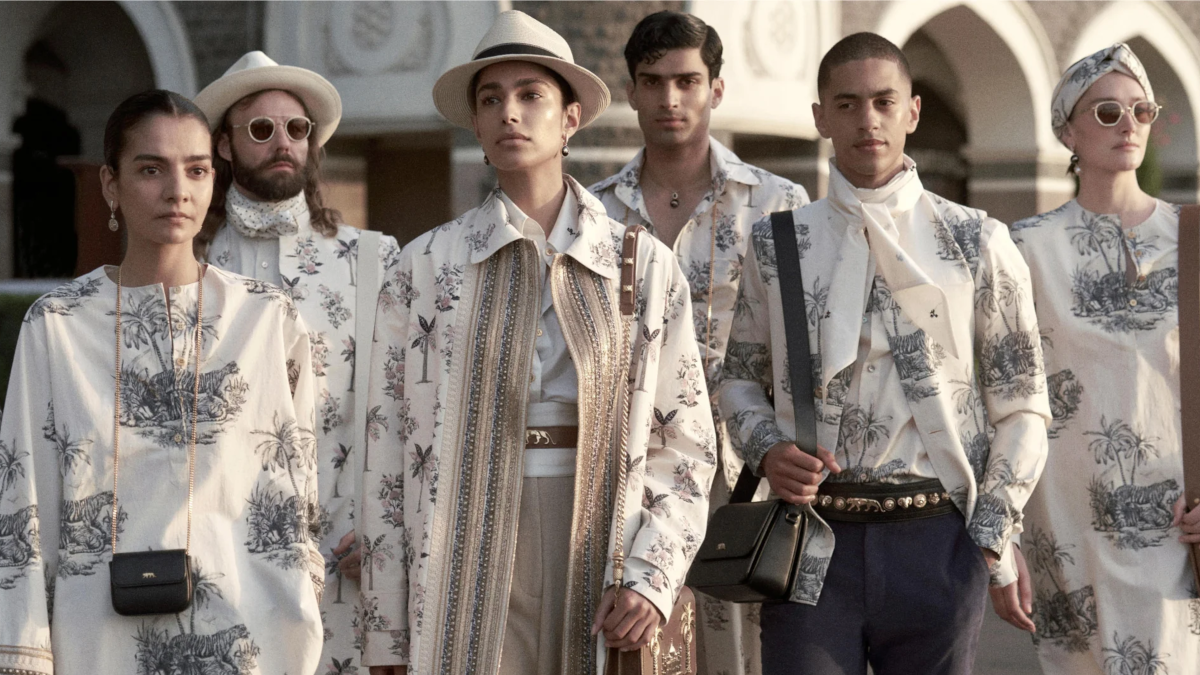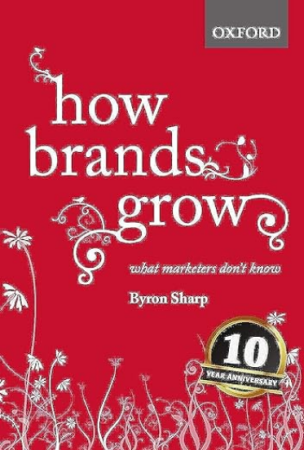We’ve all been there. Even in a brave, new cookie-free world we remain haunted by ads for products we have bought only minutes earlier. It’s one of the most perplexing features of the online shopping experience, and it’s symptomatic of how advertising increasingly seems to work. Brands are looking to wear us down with sheer persistence, and are willing to sacrifice a measure of logic and reason in order to show up wherever we might be; to remind us of their existence irrespective of our frames of mind.
Whether we’re browsing disturbing headlines, looking intently for a specific answer to a very specific question, trying to get something done in time for a pressing deadline, there’s no escaping images of pyjamas or electric toothbrushes that you accidentally expressed only the faintest interest in.
Is this a function of the continued fragmentation of the media landscape, where scrolling is endless, but toggling away from one screen to the next is even more predictable? Client servicing teams at every social network and media platform kept warning brands that people’s eyes, minds and hearts were wandering incessantly, and that ‘thumb-stopping’ content was the Holy Grail. It turns out that repetition is easier and more affordable than creative excellence, particularly if you’re an emerging and/or D2C brand. Are hasty readings of Byron Sharpe’s How Brands Grow (2010),to blame? Marketing’s favoured myth-busting book slayed many cherished beliefs — the emphasis on consumers’ cognitive miserliness, on growing penetration (rather than loyalty) and on distinctive memory structures has potentially de-prioritised relevance.
If what we’re aiming for is recognition, frequency might be a more useful tool than meaning and connection
As a result, we’re watching the unfolding of an unhappy compromise where watered down relevance meets greater repetition. Think of the emails, SMS texts and Instagram ads from your favourite sustainable label; cluttering your many inboxes with invitations to browse their new collection. Think of the growing number of ‘limited-edition’ collaborations between brands and influencers, all pursued with the obvious and overt intent of staying on top of your feed, rather than creating content (or products) that are truly memorable. ‘Black Friday’ sales in India and other South Asian markets are another example of frequency at the cost of relevance — a culturally significant moment is stripped of context and is reintroduced to unsuspecting shoppers as one more day of discounts.
There are so many ways to get frequency right and relevance wrong. But there’s a notable set of brands that must invert this formula to retain their allure, and they’re the ones who have interesting stories to tell about cultivating relevance in ways that work in our attention deficit, media saturated, novelty-seeking climate. Luxury brands that are contemporary or rapidly contemporizing need to lure us in rather than chase us down. And they have to anticipate culture, particularly in newer and expanding markets. India’s pre-eminent luxury couturier Sabyasachi builds relevance by flaunting the brand’s local roots in the former colonial capital of Calcutta, now known as Kolkata. Sling bags priced at hundreds of dollars are named after the city and its most recognizable landmarks. The Loreto, for instance, is inspired by women at an exclusive college —‘The erudite and posh women of Calcutta. Sleeveless blouses, boy-cut hair and cotton saris with bags tucked under their arms. Driving Premier Padminis, painting the town red and turning heads.‘
This kind of hyper-specificity prizes shared memories — the collection is desirable because it is so steeped in what’s local and nostalgic. It’s a bold approach in an ocean of interchangeable Indian and South Asian brands.
Luxury Spanish house Loewe creates relevance by acknowledging the influence of local aesthetics. A landmark 2023 collection was inspired by Chinese monochrome porcelains, featuring colours such as ‘Tea Dust Glaze,’ and ‘Pale Aubergine.’ They’ve gone so far as to help curate and fund educational programmes that keep this form of craftsmanship alive. The brand is also open to pop-cultural influences, collaborating with Studio Ghibli, the whimsical world-spinning studio founded by legendary Japanese animator Hayao Miyazaki.
Valentino’s attempts at relevance are perhaps less overt, with capsule collections timed for the Chinese New Year dipped in traditional reds and the house’s signature red colour. Valentino also consistently ignites conversations about hot-button issues such as gender identity, creating gender-fluid collections fronted by heavyweight brand ambassadors who explicitly question codes of masculinity and femininity.
It’s a spectrum of relevance that spans symbolism and provocation, featuring both celebrities and tiny indie book stores. And of course, there’s no forgetting Prada’s week-long appearance at a Shanghai wet market, a cheeky juxtaposition that sparked a million conversations about relevance and set the bar for luxury P.R. Of course, luxury brands aren’t the only ones still invested in relevance, but they’re the ones least likely to rely on frequency the way most marketers tend to. The onus is on them to reframe relevance, finding new ways — colour, geography, celebration, symbolism, debates and discussions — to embrace it.
It’s a playbook that most marketers could and should be taking notes from. Wanting to be seen makes sense. Having something to say keeps things interesting for everyone.
Featured image: Sabyasachi

























